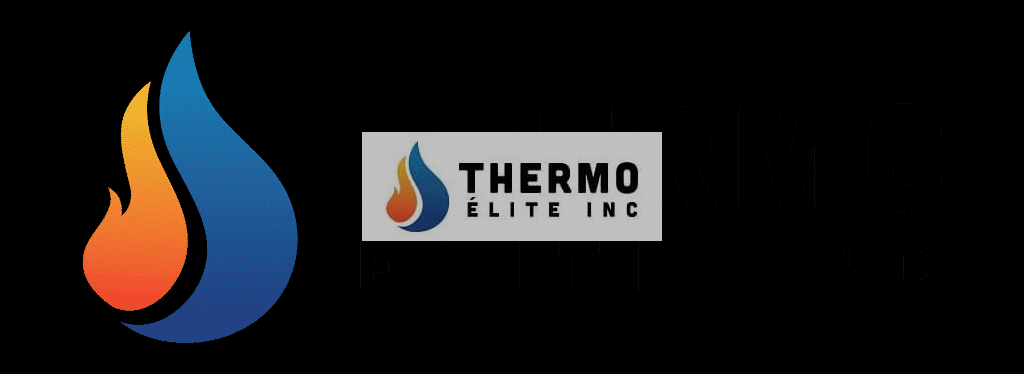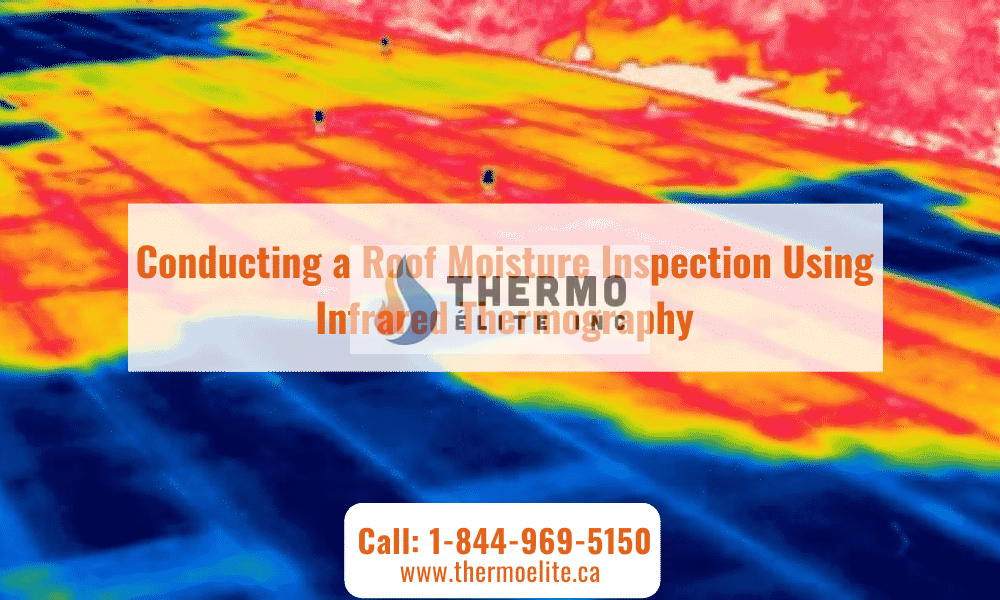Inspection of roofs through infrared thermography is an excellent method for detecting trapped moisture on the roof. Infrared imaging is used for preventing houses from damages, equipment downtime, and bringing down production losses. Replacing a damaged roof is expensive, so if you can detect the trapped moisture through infrared imaging, you can easily take preemptive actions and restrict the damages to a small area. This is why whenever a building is put on a lease, sold, or purchased, buyers must insist on getting a thermographic inspection.
Surveying roofs through infrared inspection provides the necessary information needed for efficient maintenance of roofs, allocating capital budgets, and arriving at an appropriate for repairing, replacement, or resurfacing of roofs.
Thermal cameras can create the maps in a quick and detailed way to show the exact location of trapped moisture, water leakage, water soaking in roofs, or compromised insulation in buildings.
Why are Infrared Thermographic Cameras Important for Roofing Professionals?
When these infrared cameras were not available, roofing experts used various methods for finding leaks and water intrusion on flat roofs. Nuclear density gauges and Dielectric capacitance meters were the only methods for finding moisture spots, which would create the possibility of sacrificing parts of the roof as samples. The entire process was time-consuming and expensive guesswork. Whereas in contrast to the old system, thermal imaging is quick and budget-friendly.
Infrared cameras can help owners to collect information about hidden moistures conveniently. Thermographic reading also guides the homeowners in finding the dry areas and moist areas of the house. This enables the owners to save a considerable amount of time and repair only the wet areas, reducing tear-offs.
How does Infrared Works?
Heat stimulates infrared light. The imaging cameras show the infrared light in the same way as a photo appears on a smartphone.
The more heat the moist area produces, the brighter the area appears on the infrared cameras. Images in the infrared cameras appear in black and white colors. Professional thermographers use computer software for adding multiple colors in the temperature differences in a more effective way.
How Thermal Imaging Roof Inspections Find Moisture?
To find moisture on roofs through infrared cameras, adding water to the roof is considered an advantage by the inspection experts. Wet insulation absorbs more warmth from the sun during the day. During the night, this heat is released gradually, which shows up in the infrared cameras, and the temperature difference revealed in the image can be checked for moisture detection.
The temperature difference between the wet roofing material and the dry could be from 2 to 4 degrees. This implies that the imaging camera used for this purpose is sensitive. Besides that, there are various components on a rooftop that seem warm without getting wet. An industry expert is expected to figure out the warm factors before the test and guarantee that the final measurements are interpreted appropriately. Reflective roofing components are likely to appear wet on these infrared cameras; it becomes crucial for the infrared expert to know precisely what materials they have used in the rooftop’s development.
When Can a Thermal Imaging Scan be Performed on a Roof?
The roofing experts need to wait for the perfect conditions conducive to scan the roof. Depending on the prevailing weather and climatic conditions, the inspection expert can choose between a cold scan and a hot scan.
The outside temperatures need to be above 10 degrees Celsius and sunny. If there is not enough heat or a gathering of excessive clouds, it does not enable the roof to absorb the heat during the daytime to show precise results on the scanner. This process of heat absorption is known as ‘solar loading.’
It is not recommended to do a scan after heavy rains. It becomes an impossible and challenging task to predict the exact reasons for a moist roof i.e., whether it’s due to the rains or water leakage.
Advantages of Using IR Imaging for Roofs
Infrared imaging is a non-invasive solution that provides roofing professionals a convenient way of scanning more expansive areas. Traditional methods are time-consuming and need extensive research to find out the moist areas. Roof sampling would need them to cut out a part of the roof, causing partial destruction to the property and to complete the job beyond standard operating practices.
For locating the areas of concern, scanning through infrared cameras for water intrusion or moist areas is fast, correct, inexpensive, and effective when compared to other options.
Below are the advantages of infrared technology for inspecting the roofs:
- Infrared scanners are portable and handy
- Provides detailed information regarding leakage and wet areas.
- A fast and accurate method
- Non-invasive solution
- Enables the visual documentation of the problems
Roofing Covering Materials
The building inspectors should know the elemental composition of the roof for inspection with infrared technology, since the roof-covering elements may affect the images produced during moisture detection. Composite boards, tapered systems, and commercially rigid insulation boards from the same elements quickly appear in the scanners. This includes cellular glass, fiberglass, perlite, cork, and phenolic insulation elements.
Cold roofs can also make thermal imaging difficult because these roofs have insulation under the deck for releasing the heat.
How to Conduct the Scan?
There are four ways for conducting thermal scans of roofs.
- Under the roof – This method is carried out within the building. First, you need to remove any obstacles from the line of sight, including the ceiling panels. This process is laborious and is rarely used until and unless there are no other options available. This method provides limited angles of view, which means you need to capture several images to record the roof positions to find any moisture leakage. Your recorded images do not have specific roof landmarks, and it becomes tough for roofing experts to identify exact locations to point out the repair work.
- On the Roof -This process involves taking pictures while you are on the top of the roof. With this method’s help, roofing professionals can show moist areas with paint, helping them find the area quickly afterward.
- Elevated Vantage Point –Thermographic images from an elevated position enable the thermographic readers to understand the situation in a better way as they can capture more surface area of the roof. This is a standard error for the thermographers to capture the moist areas’ images, and this process helps prevent that.
- Aerial Check – If you can take the infrared images with a drone or aircraft’s help, it will benefit you in multiple ways. By employing this method, roofing professionals can create a larger map of the entire roof. A high-resolution infrared camera can provide all the detailed information on the roof area quickly.
Inspection Tips
Complete visual checking of the entire roof area is the ideal choice before moving ahead with infrared imaging to detect the best and effective process of collecting images and finding the access points, safety precautions, and any other sources of heat which may appear during the imaging process. You need to note any unknown condition that may affect the imaging performance, like the roof or the attic underside.
It would help if you also had an idea about the roof composition along with the design structures. This helps in deciding upon the best detection methods to produce optional results for thermographic inspection. If you can know the previous problems of the roof in association with its little background check will prove hugely beneficial to you.
Expert thermograph readers can quickly tell you whether your roof is conducive to thermal imaging or not. Based on that study, they will offer you the exact scanning your roof requires for optimal results. Therefore, an experienced and industry expert is always recommended to find a thermal scan’s accurate results.
Infrared cameras offer multiple advantages compared to the traditional methods of moisture detection. When you are using an infrared camera in line with a moisture meter help, it helps you to find the problem areas conveniently and quickly. Using the thermal imaging report, building experts can implement appropriate techniques and applications for their consumer’s advantage.
Infrared scanning of the roof depends on specific conditions. After the infrared scanning, always check with roofing experts to execute the repair work to prevent future damage. It’s always good to hire someone with experience and expertise for completing an inspection quickly and effectively.



